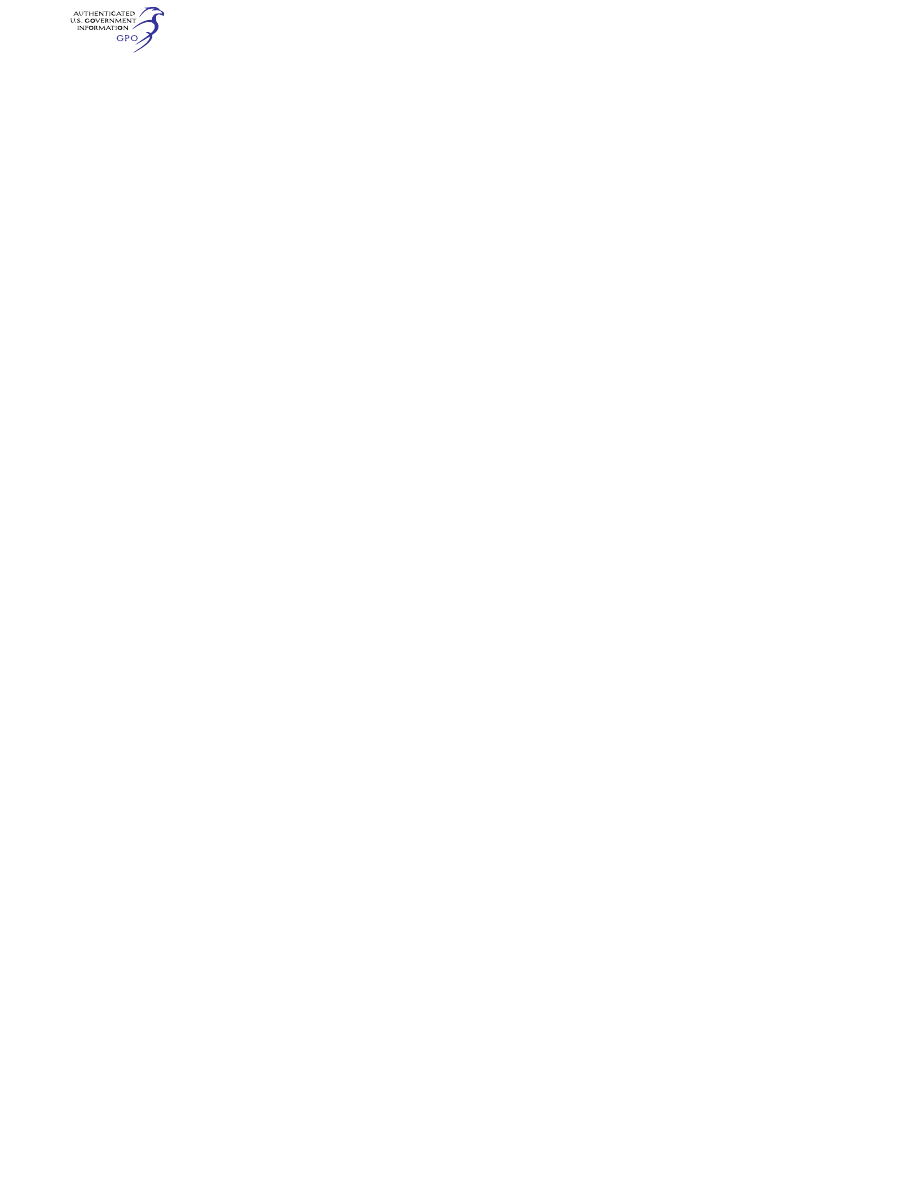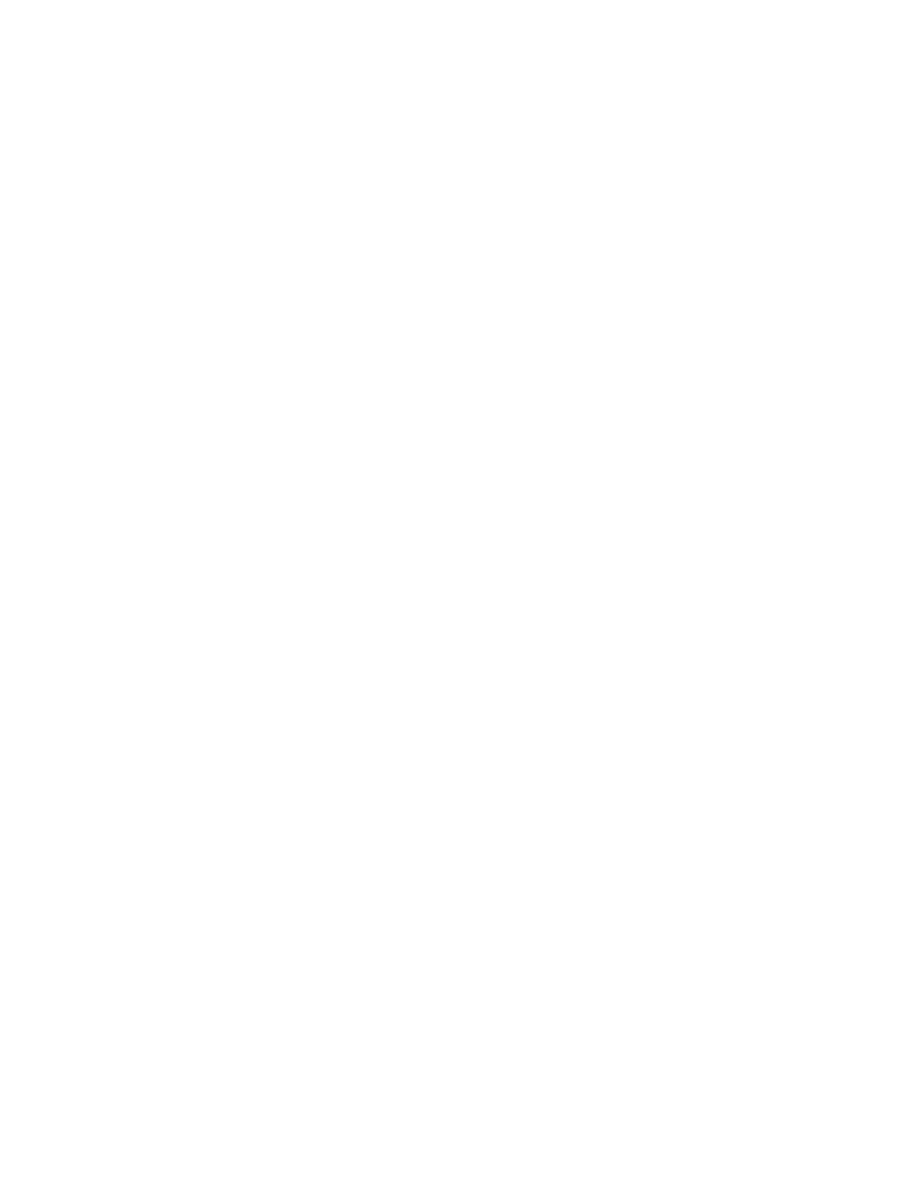
476
14 CFR Ch. I (1–1–24 Edition)
§ 135.245
previously used by the certificate hold-
er in operations under this part, oper-
ating experience acquired in the air-
craft during proving flights or ferry
flights may be used to meet this re-
quirement.
(3) Each person must acquire the op-
erating experience while performing
the duties of a pilot in command under
the supervision of a qualified check
pilot.
(4) The hours of operating experience
may be reduced to not less than 50 per-
cent of the hours required by this sec-
tion by the substitution of one addi-
tional takeoff and landing for each
hour of flight.
[Doc. No. 20011, 45 FR 7541, Feb. 4, 1980, as
amended by Amdt. 135–9, 45 FR 80461, Dec. 14,
1980; Amdt. 135–58, 60 FR 65940, Dec. 20, 1995]
§ 135.245 Second in command quali-
fications.
(a) Except as provided in paragraph
(b) of this section, no certificate holder
may use any person, nor may any per-
son serve, as second in command of an
aircraft unless that person holds at
least a commercial pilot certificate
with appropriate category and class
ratings and an instrument rating.
(b) A second in command of a heli-
copter operated under VFR, other than
over-the-top, must have at least a com-
mercial pilot certificate with an appro-
priate aircraft category and class rat-
ing.
(c) No certificate holder may use any
person, nor may any person serve, as
second in command under IFR unless
that person meets the following instru-
ment experience requirements:
(1)
Use of an airplane or helicopter for
maintaining instrument experience.
With-
in the 6 calendar months preceding the
month of the flight, that person per-
formed and logged at least the fol-
lowing tasks and iterations in-flight in
an airplane or helicopter, as appro-
priate, in actual weather conditions, or
under simulated instrument conditions
using a view-limiting device:
(i) Six instrument approaches;
(ii) Holding procedures and tasks;
and
(iii) Intercepting and tracking
courses through the use of navigational
electronic systems.
(2)
Use of an FSTD for maintaining in-
strument experience.
A person may ac-
complish the requirements in para-
graph (c)(1) of this section in an ap-
proved FSTD, or a combination of air-
craft and FSTD, provided:
(i) The FSTD represents the category
of aircraft for the instrument rating
privileges to be maintained;
(ii) The person performs the tasks
and iterations in simulated instrument
conditions; and
(iii) A flight instructor qualified
under § 135.338 or a check pilot qualified
under § 135.337 observes the tasks and
iterations and signs the person’s log-
book or training record to verify the
time and content of the session.
(d) A second in command who has
failed to meet the instrument experi-
ence requirements of paragraph (c) of
this section for more than six calendar
months must reestablish instrument
recency under the supervision of a
flight instructor qualified under
§ 135.338 or a check pilot qualified under
§ 135.337. To reestablish instrument
recency, a second in command must
complete at least the following areas of
operation required for the instrument
rating practical test in an aircraft or
FSTD that represents the category of
aircraft for the instrument experience
requirements to be reestablished:
(1) Air traffic control clearances and
procedures;
(2) Flight by reference to instru-
ments;
(3) Navigation systems;
(4) Instrument approach procedures;
(5) Emergency operations; and
(6) Postflight procedures.
[44 FR 26738, May 7, 1979, as amended by Doc.
No. FAA–2016–6142, 83 FR 30283, June 27, 2018]
§ 135.247 Pilot qualifications: Recent
experience.
(a) No certificate holder may use any
person, nor may any person serve, as
pilot in command of an aircraft car-
rying passengers unless, within the
preceding 90 days, that person has—
(1) Made three takeoffs and three
landings as the sole manipulator of the
flight controls in an aircraft of the
same category and class and, if a type
rating is required, of the same type in
which that person is to serve; or
